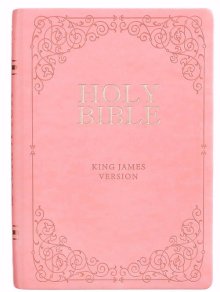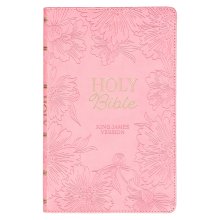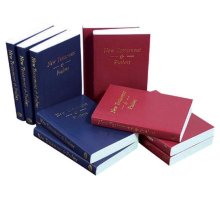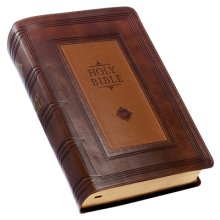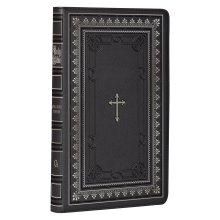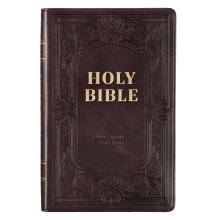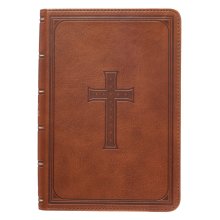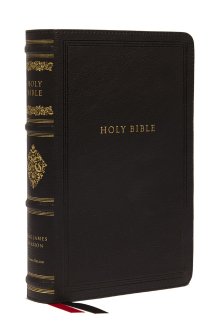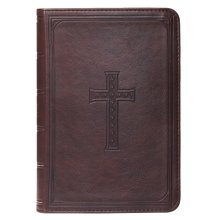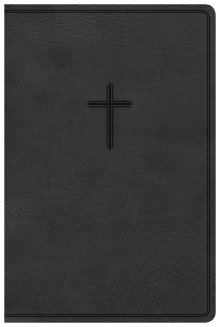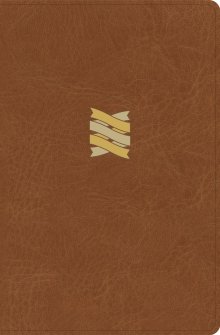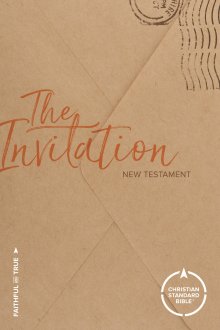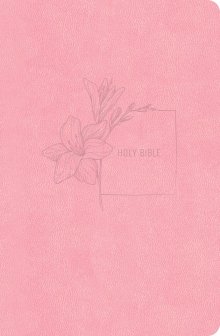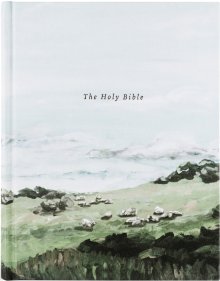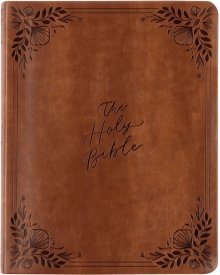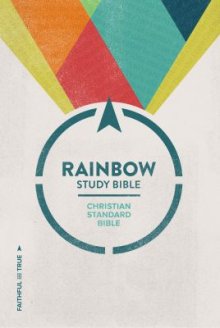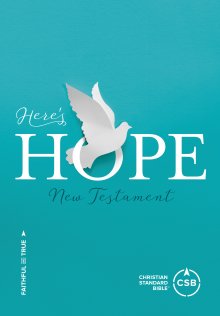CSB vs. KJV: Which Bible Translation is Best for You?
The Editor
In the world of Bible translations, few names command as much respect as the King James Version (KJV). It is the authorised classic, the benchmark for liturgical prose, and the Bible that has shaped the English language itself. But how does this historic giant stand up against a modern, meticulously crafted translation like the Christian Standard Bible (CSB)?
For many, the choice is between the poetic, traditional language of the past and the clear, accessible language of today. If you're weighing the majesty of the KJV against the readability of the CSB, this guide will explore their origins, philosophies, and key differences to help you find the perfect fit.
The Story Behind the Bibles
The KJV Story
The King James Version is more than just a Bible; it's a landmark of Western literature. Commissioned by King James I of England in 1604, the translation was completed in 1611 by a team of 47 scholars of the Church of England. Their goal was to create an authoritative English Bible to be read in churches, unifying the kingdom under one text. It was translated from the best available manuscripts of its day and its powerful, majestic style has left an indelible mark on the world for over 400 years.
The CSB Story
The Christian Standard Bible, first published in 2017, is a product of modern scholarship and a desire for clarity. It was produced by a multi-denominational team of over 100 scholars who sought to create a Bible that achieves an "optimal balance" between being faithful to the original languages and being eminently readable for a contemporary audience. The CSB stands on the shoulders of centuries of textual discovery and linguistic understanding, designed to be a trustworthy text for everything from personal study to public worship.
Translation Philosophy: Text and Language
The divide between the KJV and the CSB is about more than just time; it's about the very texts they were translated from and the language they use.
- Source Texts: The KJV was translated from the Textus Receptus ("Received Text") for the New Testament, a Greek text that was standard in the 16th century. For the Old Testament, it used the Masoretic Text. The CSB, by contrast, benefits from centuries of archaeological and textual discovery. It is translated from the most up-to-date critical editions of the original language texts, such as the Biblia Hebraica Stuttgartensia and the Nestle-Aland Novum Testamentum Graece.
- Language Style: The KJV uses Elizabethan English, which is beautiful and poetic but can be challenging for modern readers. It includes archaic words like "thee," "thou," and "verily," and sentence structures that are no longer common. The CSB is written in modern, standard English, aiming for clarity and natural expression without sacrificing accuracy.
Seeing the Difference: Verse Comparisons
Seeing the language side-by-side is the clearest way to understand the different reading experiences these Bibles offer.
John 14:6
- KJV: "Jesus saith unto him, I am the way, the truth, and the life: no man cometh unto the Father, but by me."
- CSB: "Jesus told him, 'I am the way, the truth, and the life. No one comes to the Father except through me.'"
The core message is identical, but the language is worlds apart. The KJV's "saith unto him" and "cometh" are replaced by the CSB's standard modern English "told him" and "comes."
1 Corinthians 13:1
- KJV: "Though I speak with the tongues of men and of angels, and have not charity, I am become as sounding brass, or a tinkling cymbal."
- CSB: "If I speak in the tongues of men and of angels, but do not have love, I am a noisy gong or a clanging cymbal."
This is a fantastic example of language evolution. "Charity" in 1611 was the perfect translation for the Greek word agape. Today, that word has narrowed in meaning, and the CSB's "love" is a much more accurate rendering of the original intent for a modern reader.
Psalm 51:10
- KJV: "Create in me a clean heart, O God; and renew a right spirit within me."
- CSB: "God, create a clean heart for me and renew a steadfast spirit within me."
Both versions are powerful and poetic. The CSB's "steadfast spirit" offers a specific shade of meaning to the KJV's "right spirit," reflecting a modern understanding of the original Hebrew.
Key Differences at a Glance

Which Translation is Best for You?
The choice between the KJV and the CSB is often a matter of the heart and the head.
You might prefer the KJV if:
- You love the rich, poetic tradition of classic English literature.
- You grew up with the KJV and its familiar cadences bring you comfort.
- You are doing a deep study into the history of the English Bible.
You might prefer the CSB if:
- You want a Bible that is easy to read and understand without needing a dictionary.
- You want a translation that reflects the latest and most reliable biblical scholarship.
- You want one Bible that works well for personal reading, group study, and sermon-following.
The main difference between the KJV and the CSB is that the KJV uses historic, 17th-century English and is translated from traditional texts, while the CSB uses modern English and is translated from the most up-to-date critical Greek and Hebrew manuscripts.
Whether you choose the historic majesty of the KJV or the balanced clarity of the CSB, the goal is to engage with God's living Word. Both are faithful witnesses to the truth of the gospel. The best Bible for you is the one you will read, understand, and apply to your life.
Feel free to explore our beautiful KJV Bibles here and our wide selection of CSB Bibles here.
Still not sure which Bible is right for you? You can learn more in our complete, free 97-page ebook, 'How to Choose Your Bible'.
Latest Blogs

Bible
30+ Powerful Quotes About the Bible (For Inspiration in 2026)
Looking for inspiration? Discover a curated collection of the most powerful quotes about the Bible, from famous historical figures to modern theologians and Scripture itself.

Bibles
What is the "Standard" Bible for Christians?
Is there an "official" Bible that all Christians use? We explain the difference between the NIV, KJV, and ESV, and help you find the standard text for your church or personal reading.

Bible
"I Keep Failing to Read the Bible" – 5 Tips to Make the Habit Stick
Do you start a Bible reading plan only to quit a few weeks later? Stop the cycle of guilt. Here are 5 psychological tips and practical changes to help you build a Bible habit that actually lasts in 2026.

Bible
Where to Start Reading the Bible (5 Great Books for Beginners)
Confused about where to start reading the Bible? Don't start at page one! Here are the 5 best books for beginners to start with, from the action of Mark to the wisdom of Proverbs.

Bible
How to Start Reading the Bible for the First Time
Feeling overwhelmed by the Bible? You are not alone. Here is a simple, jargon-free guide on where to start, which translation to choose, and how to make sense of it all.

Bible
How to Read the Bible in a Year (A Simple 15-Minute Daily Plan)
A practical breakdown showing that reading the entire Bible in a year requires only 15 minutes a day, with tips on how to fit this simple habit into your daily routine.

